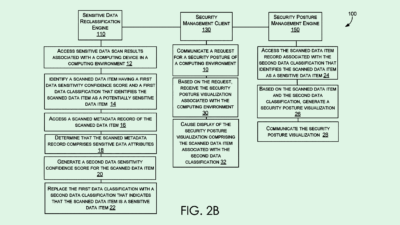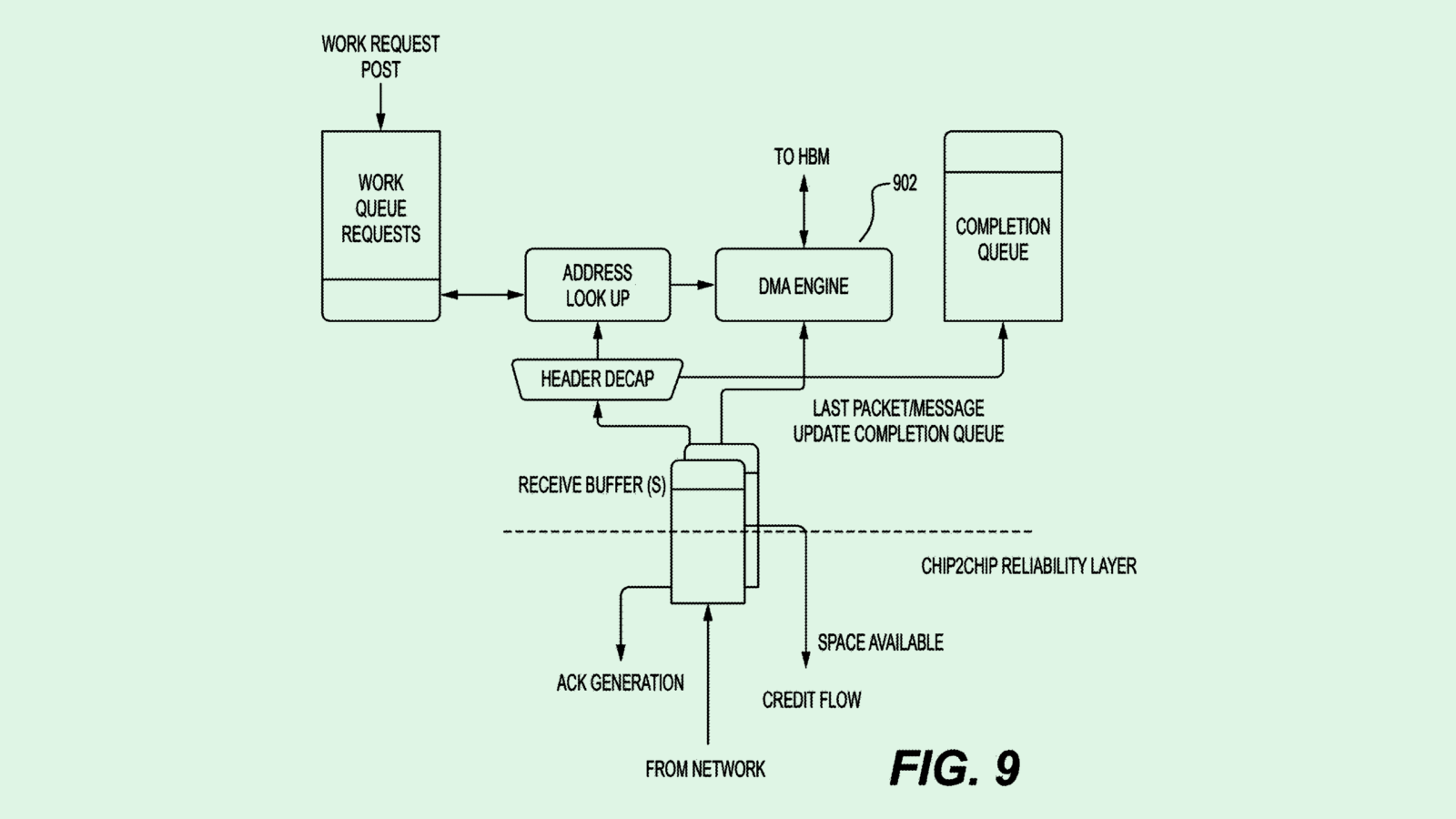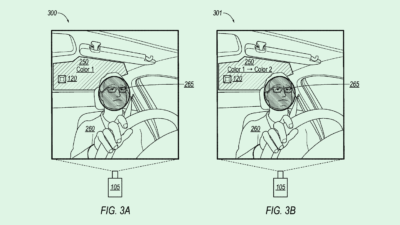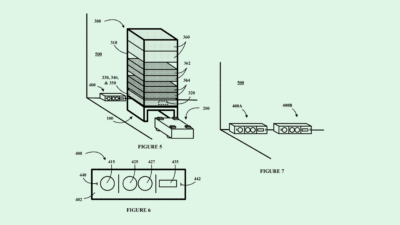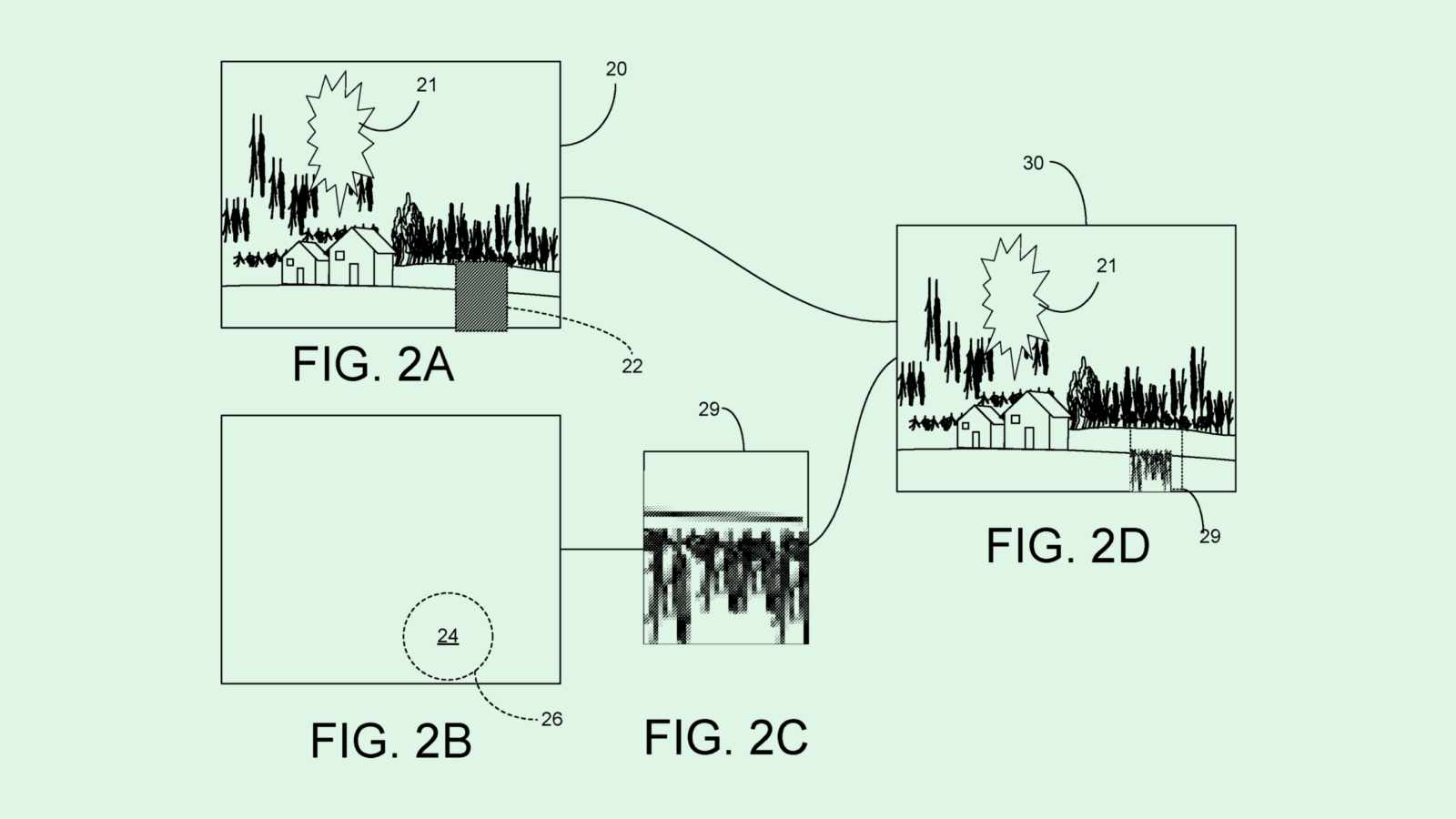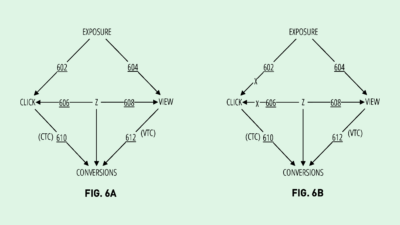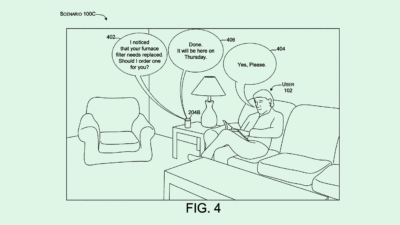Shopify Plugs Away at AR Patents for Merchants
Shopify wants to use AR to help you after you pulled the trigger on that big purchase. AR shopping may lean towards end-to-end experiences.
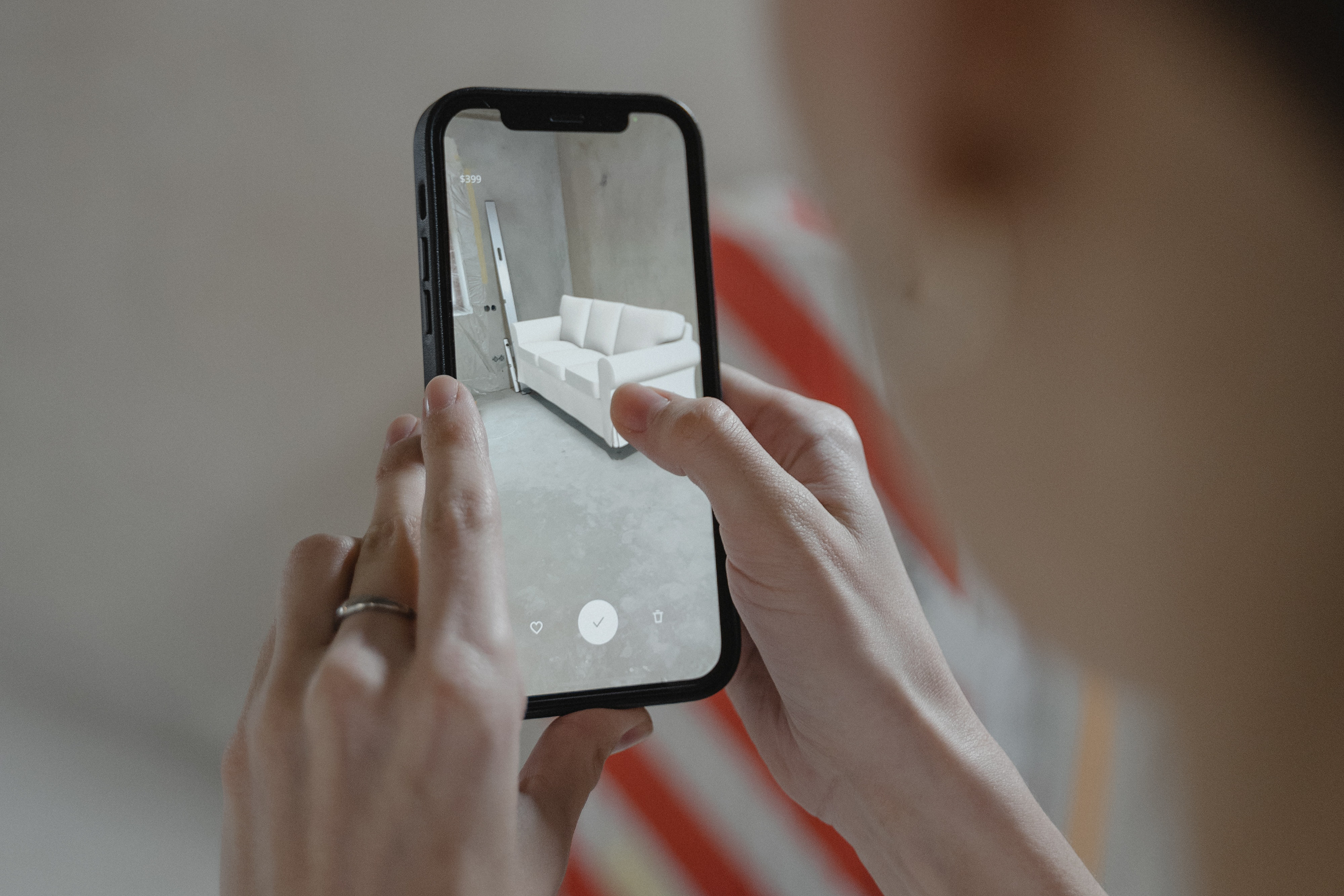
Sign up to uncover the latest in emerging technology.
Not sure how to put together that new coffee table, or if you want to keep it at all? Shopify may use AR to help you out.
The point-of-sale company wants to patent a method for generating an “augmented reality interface.” Shopify’s system would allow users to use AR for assistance with already-purchased products for a number of different actions.
While AR systems often can help a user see what an object looks like pre-purchase, Shopify said that conventional tools don’t assist with “post-purchase actions,” such as returns, leaving a review, reporting a defect, checking eligibility for a warranty or accessing a user manual for assembly.
This system first detects a real-world object as a purchased product associated with the user, allowing it to generate an AR interface tailored to the state of the object, such as if it was recently purchased, unassembled or damaged. In this way, “the AR interface can adapt to the user’s experience with the real-world object in a more natural way, rather than forcing the user to navigate through options that may not be relevant,” Shopify noted.
Shopify’s system may prompt users to physically move the object within view of the camera, using a neural network for pose detection to collect information about its state, as well as product information like an item code. This basically creates a digital AR twin of the object in its current state, whether it be to report a defect or prove that the item is eligible for a refund or warranty.

Shopify has toyed with AR since 2018 and has sought several patents in this space, including a multi-user AR experience and an AR tool to help merchants with marketing photography. However, its filings have often reflected what others in this space are going after: AR shopping systems that let you remotely try them before you buy, often with things like home goods and clothing.
But this filing signals that the sector is heading toward helping the consumer after they pulled the trigger, said Lauren Tierney, venture investor at immersive tech VC fund Decasonic.
“Right now, people think about the pre-purchase experience,” said Tierney. “But we’re really going to be looking at post-purchase in the future, and how that AR/VR experience really becomes interactive in the lifecycle with the product.”
As a VC investor in the consumer space, Tierney noted that she sees “15 to 20 deals a week” in the AR and immersive shopping niche. Plenty of brands have implemented AR into their strategies, too, including Hoka and Warby Parker in the wearables space, and Ikea, Target and Amazon in the homegoods space. Snap had also bet big on AR as a shopping and branding tool, launching an AR enterprise service earlier this year that it shuttered just months after its debut.
Shopify’s strength with merchants, however, may give it a leg up. The company is one of the top online store and point-of-sale providers, servicing millions of online stores in a variety of verticals, Tierney noted. “[Shopify] is going through the merchants and they’re really trying to build out the right end-to-end experience,” she said. “I think that really takes a team that understands commerce and understands shopping behaviors.”



